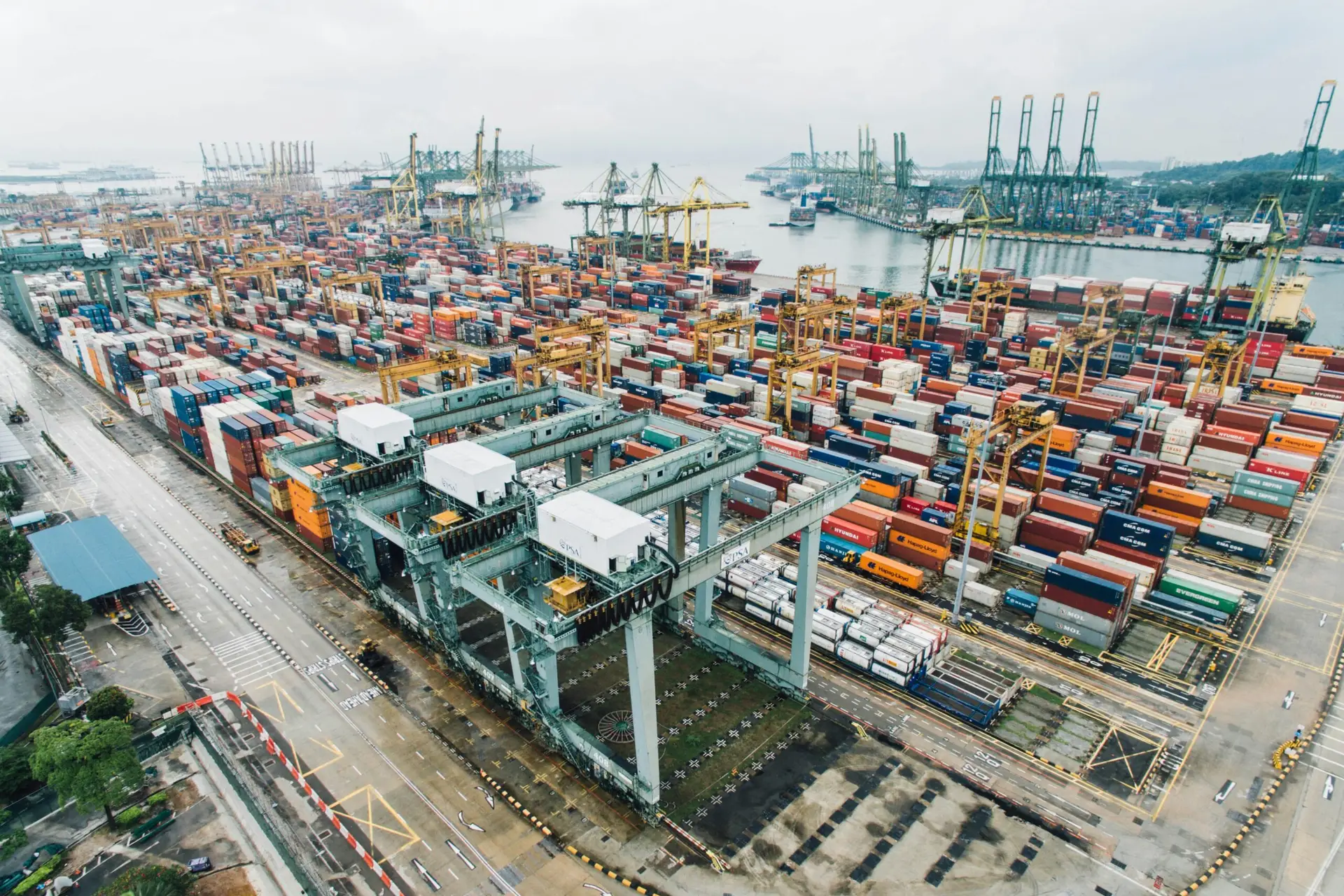The global financial markets experienced significant turbulence on Tuesday as China swiftly retaliated against new U.S. tariffs imposed by President Donald Trump, while Mexico and Canada secured temporary reprieves from similar measures.
The additional 10% tariff across Chinese imports into the United States took effect at 12:01 a.m. ET on Tuesday, prompting an immediate response from Beijing. China’s Finance Ministry announced retaliatory measures, including 15% tariffs on American coal and liquified natural gas (LNG), along with 10% duties on crude oil, farm equipment, and certain automobiles, set to begin February 10.
Market Impact and Currency Movements after Trump tariffs
The escalating trade tensions significantly impacted currency markets. The U.S. dollar strengthened broadly, with the Dollar Index hovering near 109.00. Furthermore, the Chinese yuan declined approximately 0.3% to 7.3213 per dollar in offshore trading, although remaining above its overnight record low of 7.3765.
The Australian dollar, often serving as a proxy for Chinese market sentiment, dropped 0.7% to $0.6186. Similarly, the euro faced downward pressure, sliding 0.4% to $1.0297, despite recovering from earlier lows.
Temporary Relief for North American Partners
In contrast to the Chinese situation, both Mexico and Canada received 30-day postponements on their respective 25% tariffs after agreeing to enhance border security measures. Canadian Prime Minister Justin Trudeau announced new initiatives to combat organized crime and fentanyl smuggling, while Mexican President Claudia Sheinbaum committed to deploying 10,000 National Guard members along the northern border.
Additional Chinese Countermeasures
Beyond tariffs, China implemented several strategic responses. The country announced an anti-monopoly investigation into Google and added prominent American companies, including PVH Corp and Illumina, to its “unreliable entities list.” Moreover, Beijing imposed export controls on critical rare earth elements, including tungsten and tellurium, citing national security concerns.
Economic Implications and Expert Analysis
“Unlike Canada and Mexico, it is clearly harder for the U.S. and China to agree on what Trump demands economically and politically,” explained Gary Ng, senior economist at Natixis. “Even if the two countries can agree on some issues, it is possible to see tariffs being used as a recurrent tool, which can be a key source of market volatility this year.”
Oxford Economics has already downgraded its China economic growth forecast, noting that “the trade war is in the early stages so the likelihood of further tariffs is high.”
Future Outlook after Trump tariffs
While negotiations with Mexico and Canada show promise for resolution, the U.S.-China trade dispute appears poised for escalation. President Trump has indicated that tariffs could increase further unless Beijing addresses concerns about fentanyl trafficking, while China maintains that the opioid crisis is primarily an American domestic issue.
The situation remains fluid, with potential implications for global supply chains and economic growth. Markets continue to monitor developments closely, particularly as attention shifts to possible U.S. actions regarding the European Union, though Britain might be spared from future tariff measures.
Sources: The Print, FX Street, Zawya

